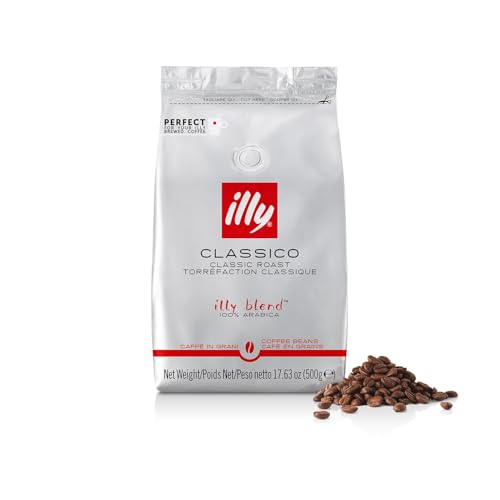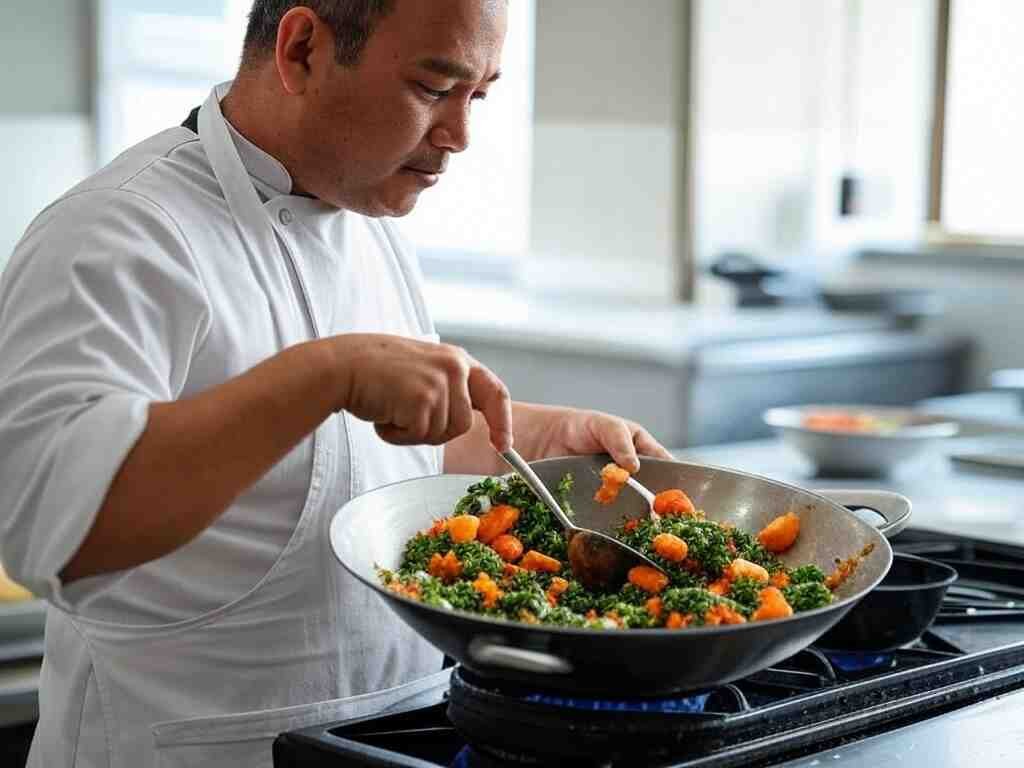We often evaluate coffee beans based on origin, roast level, or even aroma, but one lesser-known factor that can subtly influence your brew is bean shape. While it may seem minor at first glance, the physical form of a coffee bean plays a role in how it roasts and ultimately how it tastes.
The Anatomy of a Coffee Bean
A typical coffee bean is the seed of the coffee cherry and usually comes in pairs, flat on one side and curved on the other. However, not all beans are shaped the same. Variations exist due to genetics, altitude, and natural mutation. Among these, peaberries are the most famous shape anomaly rounded beans that occur when only one seed develops inside the cherry.
These physical differences can affect heat absorption, air circulation during roasting, and how evenly the beans develop.
Related article: Why Coffee Bean Origin Matters: The Influence of Terroir on Taste
Roasting Behavior by Shape
The surface area of a bean determines how it interacts with heat. Flat beans with larger surface areas may roast slightly faster than rounder beans of the same density. Peaberries, with their compact, round shape, tend to roll more easily in drum roasters and are known for roasting more evenly though some roasters argue they require special attention due to their unique thermal behavior.
Uneven shapes or mixed sizes in a single roast batch can result in uneven roasting. This is why high-quality roasters often sort beans by size and shape before roasting, ensuring a more uniform and predictable outcome.
Flavor Profile Implications
Though shape alone doesn’t dictate flavor, it does impact roast development, which directly affects taste. Peaberries, for example, are often described as having a brighter, livelier cup profile, possibly due to their compact structure promoting uniform roasting and efficient heat transfer.
Flat beans may offer a broader range of flavors, especially if carefully roasted to highlight complex origin characteristics. Uneven roasting caused by mixed shapes can lead to imbalances some beans may be overdeveloped while others remain underdeveloped, leading to bitterness or sourness.
Should You Prioritize Shape When Buying Beans?
Most specialty coffee roasters handle the bean shape variable behind the scenes through sorting and roasting techniques. However, if you’re buying whole beans and notice a wide mix of shapes and sizes, it might be a sign of lower-grade sorting.
Peaberries are sometimes sold separately as a premium product whether they’re worth the extra cost is a matter of taste, but they certainly offer a different roasting and flavor experience.
What We Recommend
- Try a Peaberry Batch: Sample a 100% peaberry roast from Tanzania or Kenya to experience how shape can affect uniformity and flavor.
- Home Roaster Tip: If roasting your own beans, consider sorting them by shape (especially separating peaberries) for more consistent results.
- Grinding Consideration: Bean shape can affect how they feed into your grinder especially smaller, rounder beans. Always check your grind consistency.












